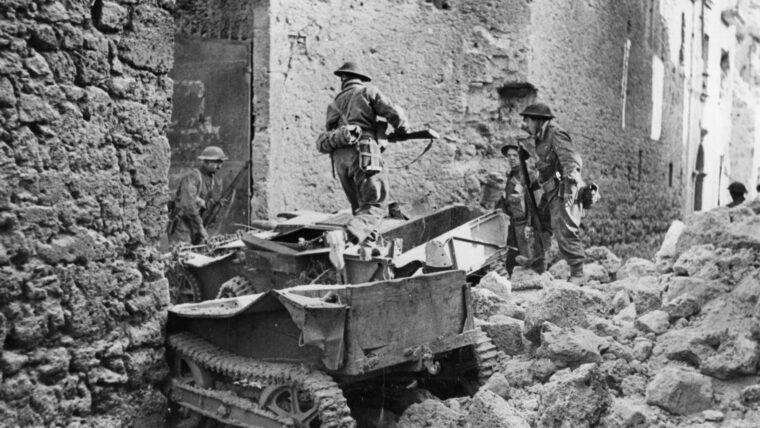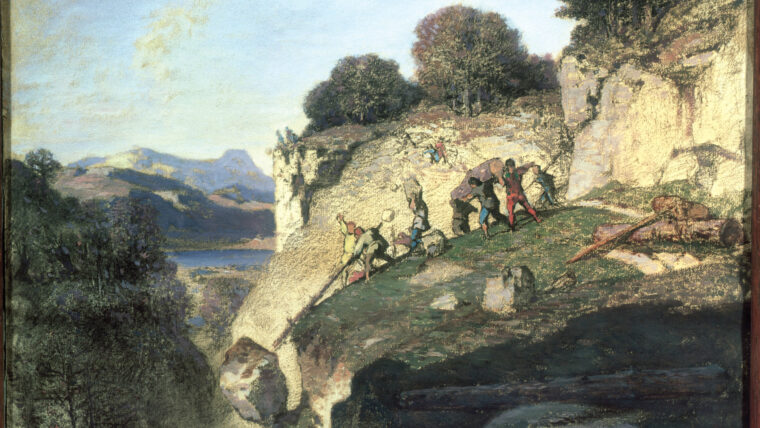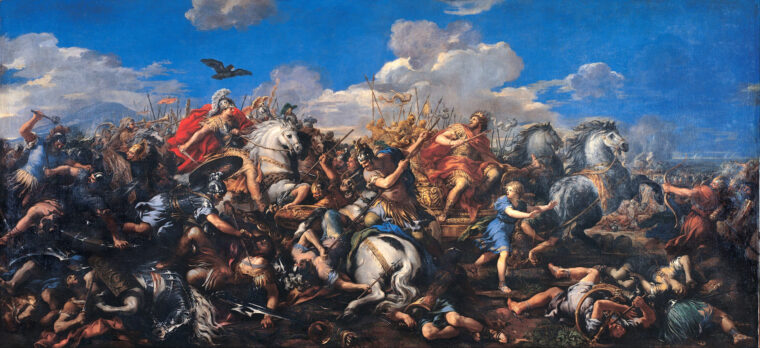
The CIA Assassination of Rafael Trujillo
By Peter KrossThe United States from 1959 to 1961 turned its focus to two of the most charismatic, ruthless, and despotic rulers in the Caribbean region, Fidel Castro of Cuba and Rafael Trujillo of the Dominican Republic. Read more





















